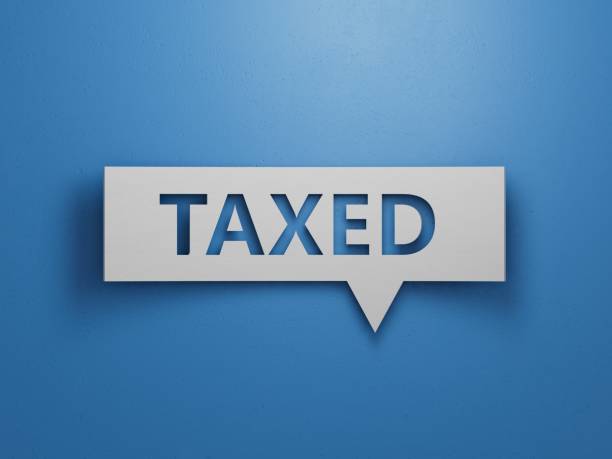Today The Columbian’s editorial board joined the Tacoma News Tribune, Longview Daily News, Spokane Journal of Business and Walla Walla Union-Bulletin in urging voters to reject Initiative 1433, the measure to increase the state minimum wage to $13.50 and require every employer to provide paid sick leave. Learn more about the measure in WPC’s recently published Citizens Guide to Initiative 1433.
The state minimum wage is currently $9.47 and set to increase to $9.53 in 2017, a change that reflects a .7% increase in inflation for the Seattle area over the past year.
While not rejecting outright that our state’s minimum wage should be increased, the Columbian editorial board says “Initiative 1433 goes too far,” and that voters should hold off until the full impacts of Seattle’s new minimum wage law are known. As they put it, Seattle’s minimum wage provides “a veritable petri dish for examining the effect of a minimum-wage increase.”
Every editorial has made the point that I-1433 would have significant impacts on the state’s rural communities, where economies are more sluggish and costs of living are much lower. This is a point I stress in my editorial that was published in the Spokesman Review last weekend.
The cost of living is so low in Kennewick, workers earning the state minimum wage of $9.47 enjoy the nation’s highest “real” minimum wage. Spokane ranks 3rd and Yakima ranks 7th, thanks to those cities’ below average cost of living.
The flip side to those below average costs of living is higher than average unemployment rates. Yakima’s unemployment rate is a high 7.2%, compared to the state’s overall rate of 5.8%. Spokane’s unemployment rate is slightly better at 6.8%, with Kennewick at 6.6%. A higher minimum wage will not help those unemployed workers who are looking for a job.
Governor Jay Inslee, who has thrown his full support behind I-1433, dismisses such concerns, saying, “There’s nowhere in the state of Washington where you’ll be overpaid at $13.50 an hour.”
The Republican challenging Inslee for governor, Bill Bryant, is also on the higher minimum wage bandwagon, but thinks Washington should follow in Oregon’s trail-blazing footsteps by adopting wage rates that vary by region.
Oregon’s new law increases the minimum wage over the next six years and sets different wage rates within the state based on a region’s population density. The minimum wage will be $12.50 for the lowest tier that comprises rural counties. The second tier will be $13.50 for mid-size urban counties and the third tier will be set at $14.75 for the greater-Portland area (technically defined as the area within Portland’s urban growth boundary). The wage began phasing in this July and will be fully implemented by 2022.
Bryant says a similar policy of “regional uniformity” in Washington would protect against a “one-size-fits-all approach based on King County’s cost of living,” which he says “could cost some people to lose their jobs.”
While there is some logic to such a policy, it would also make it more difficult for businesses that operate in multiple regions. Those employers would find themselves paying workers in different parts of the state who perform the same job different wages.
Of course, regional minimum wages would be easier to navigate than the status quo where cities are passing their own minimum wage laws that create a confusing patchwork of wage rates. But Bryant says that unlike Oregon, he would not prohibit cities from adopting their own minimum wages. So in addition to the regional minimum wage rates, employers would still have to contend with the various city wage laws. That hardly seems like an improvement on the status quo.
Whether it is a higher statewide minimum wage, a multi-tiered set of regional minimum wages, or a patchwork of city minimum wages, the bottom line is increasing the state's already high minimum wage would hurt the workers who rely on entry-level, minimum wage jobs the most—young and unskilled workers. The editorial board of the Longview Daily News summed it up best:
“What this initiative will do is fundamentally change the purpose of a minimum wage. The idea behind the minimum wage system is to give people just coming into the workforce a stepping stone into higher paying work. Minimum wage jobs were never supposed to be permanent, career-type jobs. The minimum wage is meant to protect workers from being fleeced, while providing them with the chance to learn and build a skill set so they can earn more money. A minimum wage gives an employer the opportunity to hire and train people who have little or no skills at a reasonable cost...
Businesses will be forced to raise the price of goods and services, hire fewer workers, reduce hours, turn full-time roles into part-time jobs, invest in more automation and pay more people 'under the table'."





